Market Analysis
In-depth Analysis of Paint Additives Market Industry Landscape
Market dynamics within the realm of paint additives are shaped by various factors that continually influence supply, demand, and overall industry trends. These dynamics encompass a complex interplay of forces that dictate the trajectory of the market, including technological advancements, regulatory shifts, consumer preferences, industry innovations, and economic conditions.
Technological advancements stand as a driving force in the market dynamics of paint additives. Ongoing research and development efforts lead to the introduction of new additives designed to enhance paint properties. Innovations like nanotechnology have paved the way for nano-sized additives, offering improvements in scratch resistance, UV protection, and overall durability. Similarly, advancements in formulation techniques aim to create additives that facilitate easier application, better adhesion, and improved performance, aligning with the evolving needs of both manufacturers and end-users.
Regulatory factors significantly impact market dynamics in the paint additives industry. Environmental regulations, in particular, have a substantial influence on product formulations and market trends. Stringent guidelines aimed at reducing harmful chemicals in paints propel the demand for eco-friendly additives with low volatile organic compound (VOC) content or biodegradable properties. Compliance with these regulations necessitates continual adaptation by manufacturers, which, in turn, shapes the landscape of available additives in the market.
Consumer preferences play a pivotal role in driving market dynamics for paint additives. Changing consumer tastes, influenced by factors such as aesthetics, health consciousness, and functional requirements, steer the demand for specific additives. For instance, the rising demand for paints with antimicrobial properties, especially in healthcare and residential settings, fuels the need for additives imparting antibacterial qualities. Similarly, the preference for additives that enhance UV protection, weather resistance, and color vibrancy reflects consumer priorities and influences market trends.
Industry innovations and collaborations significantly impact the dynamics of the paint additives market. Collaborations between additive manufacturers, paint producers, and research institutions lead to the development of tailored additives catering to specific application needs. Continuous innovation in additive formulations, driven by competition and market demands, introduces new additives with enhanced functionalities, improved performance, and cost-effectiveness. These innovations often disrupt the market, creating opportunities for novel additives to gain prominence and replace existing solutions.
Economic conditions and market trends also shape the dynamics of paint additives. Factors such as GDP growth, construction activities, and industrial production levels directly influence the demand for paints and, consequently, paint additives. Changes in disposable income levels and consumer spending habits can affect the market dynamics by influencing the affordability and demand for premium additives or specialized formulations.
The dynamics within the paint additives market are intricate and subject to constant evolution. Manufacturers navigate these dynamics by investing in research and development to create additives that comply with regulations, align with consumer preferences, and capitalize on technological advancements. Strategic collaborations and partnerships facilitate the exchange of knowledge and resources, fostering innovation and driving the evolution of paint additives.
As the industry continues to evolve, market dynamics will continue to shape the development, adoption, and market penetration of paint additives, requiring companies to remain adaptable and responsive to these multifaceted factors to sustain a competitive edge in the market.

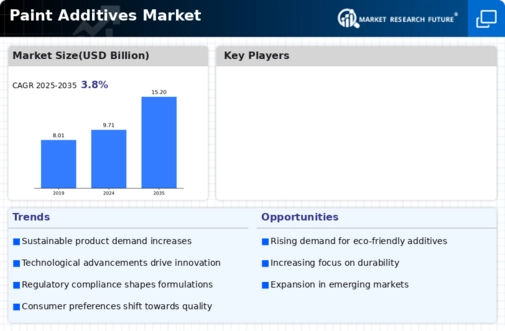
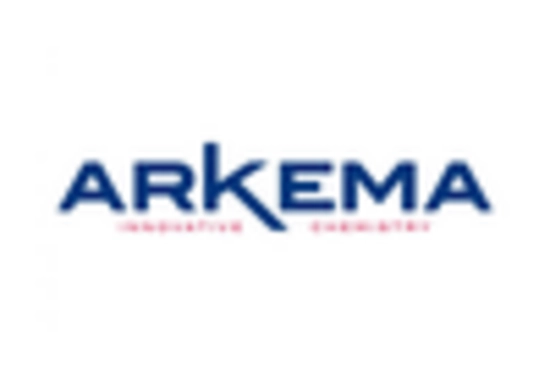

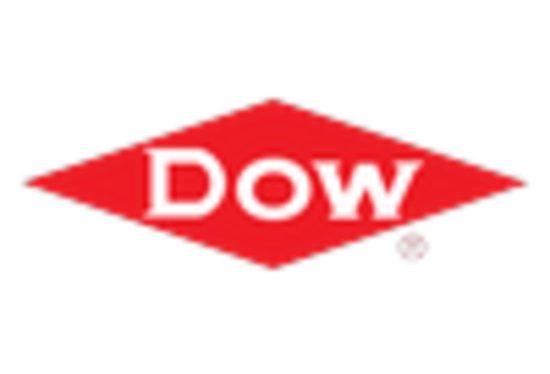
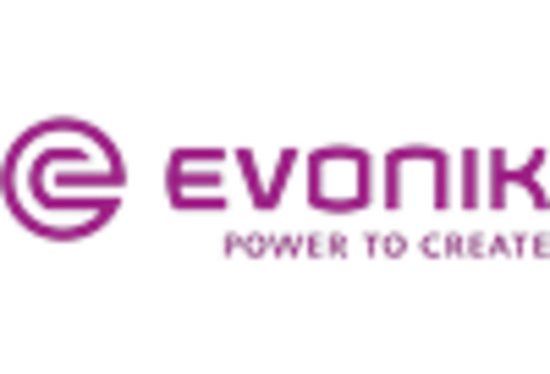

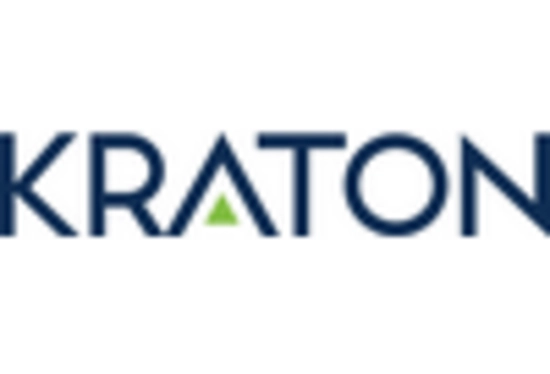

Leave a Comment